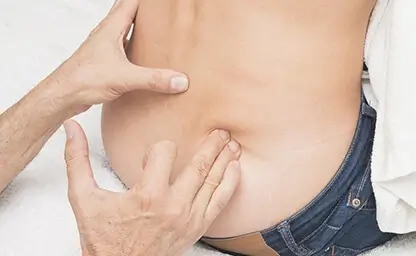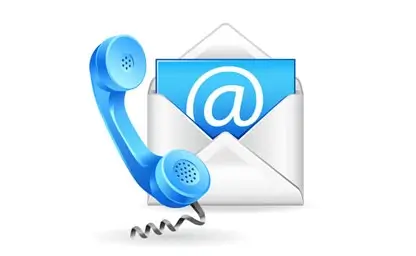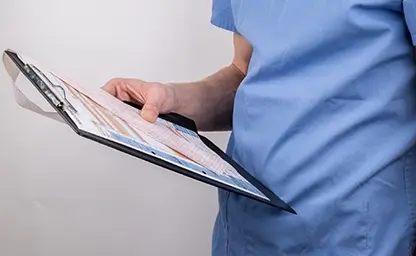

Post isometric relaxation technique
POST ISOMETRIC RELAXATION
Post isometric relaxation technique PIR is a manual therapy method based on a combination of short-term isometric muscle contraction followed by passive muscle stretching. The goal is to achieve relaxation of the muscle and relieve spasm.
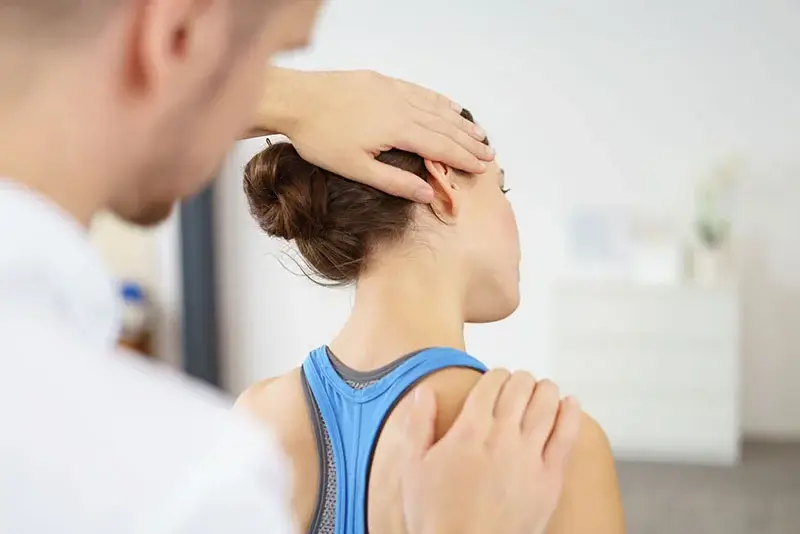 This is a mild, safe technique that does not cause severe pain. Has a minimum of contraindications.
This is a mild, safe technique that does not cause severe pain. Has a minimum of contraindications.
Acts by normalizing proprioceptive impulses from the muscles and restoring the normal dynamic stereotype.
It is carried out in 2 phases: 1) isometric muscle tension 5-10 sec on inhalation; 2) passive muscle stretching 5-10 sec on exhalation. It is repeated 3-6 times.
History of origin
The origin and development of the method of postisometric muscle relaxation (PIR) is closely connected with the history of manual therapy. Let's consider the main stages:
In the 60-70s, Czech neurologist Karl Levit deepened the understanding of the role of muscles and put forward the concept of muscle hypertonus. He is one of the founders of soft manual techniques.
In 1979, American orthopedists F. Mitchell and R. Gross described the Muscle Energy Technique (MET), which included isometric muscle tension before manipulation of joints.
Further development of the method is associated with the works of Soviet neurologist G.A. Ivanichev. He introduced the term "postisometric relaxation", substantiated the mechanisms of influence on the muscle and the neurophysiological basis of the method.
Theoretical basis of postisometric relaxation
The mechanism of action is based on the ideas of muscle tone, which is regulated by proprioceptive impulses from muscles and the central nervous system.
At isometric tension muscle receptors are activated, there is a reorganization in the CNS, the ratio of excitation and inhibition processes is normalized. This leads to a decrease in muscle tone and subsequent relaxation during passive stretching of the muscle.
Thus, PIR developed in the context of manual medicine, based on the achievements of neurology, physiology and biomechanics. Improvement of the method continues today.
Indications and contraindications of PIR
The main indications of postisometric relaxation technique:
- Myofascial pain syndrome (muscle-tonic syndrome)
- Muscle hypertonus
- Limitation of joint mobility
- Pain in the back, neck, extremities
- Preparation for manual therapy of joints
- Recovery after injuries and surgeries
- Sports rehabilitation
Contraindications:
- Severe osteoporosis
- Acute thrombosis, embolism
- Exacerbation of chronic diseases
- Inflammatory and infectious diseases
- Malignant neoplasms
- Severe cardiovascular diseases
- Damage to the skin in the area of exposure
Similarities and differences between MET and PIR
Post-isometric stretching and muscle-energy techniques in osteopathy have some similarities, but there are also differences:
Similarities:
- Utilize isometric muscle contraction by the patient as part of the procedure.
- Aim to correct biomechanics and restore tissue mobility.
- Are non-invasive manual techniques.
- Can be used to prepare for further treatment.
Distinctions:
- PIRM is more commonly used to relax hypertonus muscles, while in osteopathy it is used to mobilize joints.
- PIR uses smooth passive stretching, while in MET the stretching can be rhythmic.
- Osteopathy affects the whole system as a whole, while PIR is localized to the problem area.
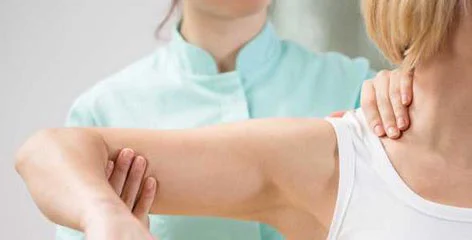 These techniques thus have a similar principle of action on the muscles, but differ in their aims, techniques and area of application. They can be successfully combined for comprehensive treatment.
These techniques thus have a similar principle of action on the muscles, but differ in their aims, techniques and area of application. They can be successfully combined for comprehensive treatment.
Post isometric relaxation can be used in conjunction with other treatment methods. With massage - to enhance the relaxing and analgesic effect. Massage helps to warm up the muscles before PIR. With manual therapy - used to prepare muscles for joint manipulation to relieve protective tension. With therapeutic physical therapy - exercises consolidate the effect of PIR, restore muscle function. It is also great for self-exercise at home, hence the osteopathic online consultations. In general, postisometric muscle relaxation is an effective and safe method of gentle manual therapy to relieve muscle stiffness and pain.
☛ Structural Integration Massage.
☛ Deep transverse friction massage.
